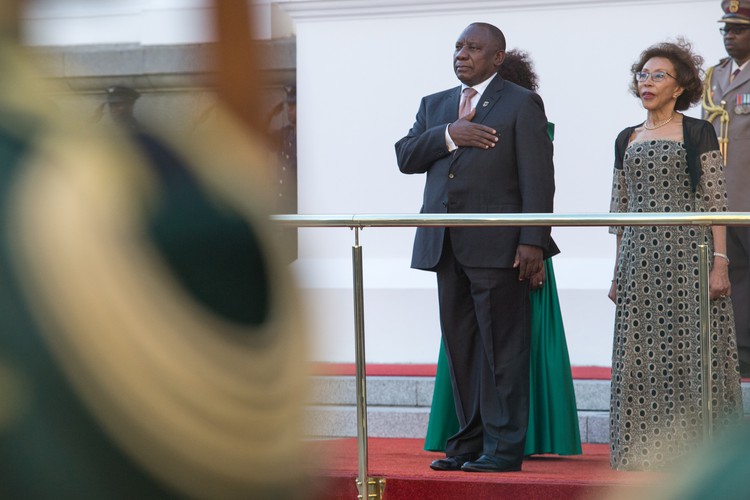
GROUNDVIEW: Ramaphosa’s SONA Offered Much Hope But it Had a Serious Omission
State capture’s most visible effect is the breakdown of Metrorail. President Cyril Ramaphosa’s second State of the Nation Address (SONA) offered South Africa much hope. He spoke of plans to grow the economy, create new jobs and improve health-care. Particularly exciting was the mention of reading programmes for young learners, which we hope will make […]

State capture’s most visible effect is the breakdown of Metrorail.

President Cyril Ramaphosa’s second State of the Nation Address (SONA) offered South Africa much hope. He spoke of plans to grow the economy, create new jobs and improve health-care. Particularly exciting was the mention of reading programmes for young learners, which we hope will make a difference to the quality of our education system. Of course, the success of these plans depends upon their details, but at least Ramaphosa’s administration is serious about alleviating the country’s biggest problems. (There was also much excitement on Thursday, shared by the president, about Total’s gas discovery. We’re a touch sceptical, but let’s see.)
The collapse of Eskom, following years of massive corruption by the Zuma administration and the Guptas, is the biggest threat to the economy. Ramaphosa was right to devote much of his speech to what is being done to fix the electricity supplier.
But there was a glaring omission in his speech. For working people, the most salient daily effect of state capture is actually not Eskom (at least while it hasn’t declared bankruptcy). Yes, from time to time there is load-shedding, and the problems it causes are severe.
But every day the trains don’t run properly. This follows nearly a decade of grand-scale corruption. A service that used to work (sort of) is now in chaos. Cape Town has 37 train sets, instead of 84, having lost numerous carriages to arson over the past 18 months. Security has broken down on trains. After several train accidents, including one that killed four people in Pretoria, the Railway Safety Regulator is close to suspending PRASA’s safety permit. This would bring commuter trains across the country to a halt; the consequences would be dire. GroundUp has published numerous stories describing the troubles and anxieties of people simply trying to get to and from work.
Ramaphosa, in passing, mentions transport and that PRASA has a new ethical board. Honesty is important, especially after what came before. But honesty alone won’t fix the trains. An emergency plan and an injection of cash are urgently needed. (See interview with PRASA’s chair Khanyisile Kweyama.)
The SONA was good. The difference between Ramaphosa and his predecessor is immeasurable. But it would have been excellent had the president paid more attention to the trains.
Source: www.groundup.org.za
